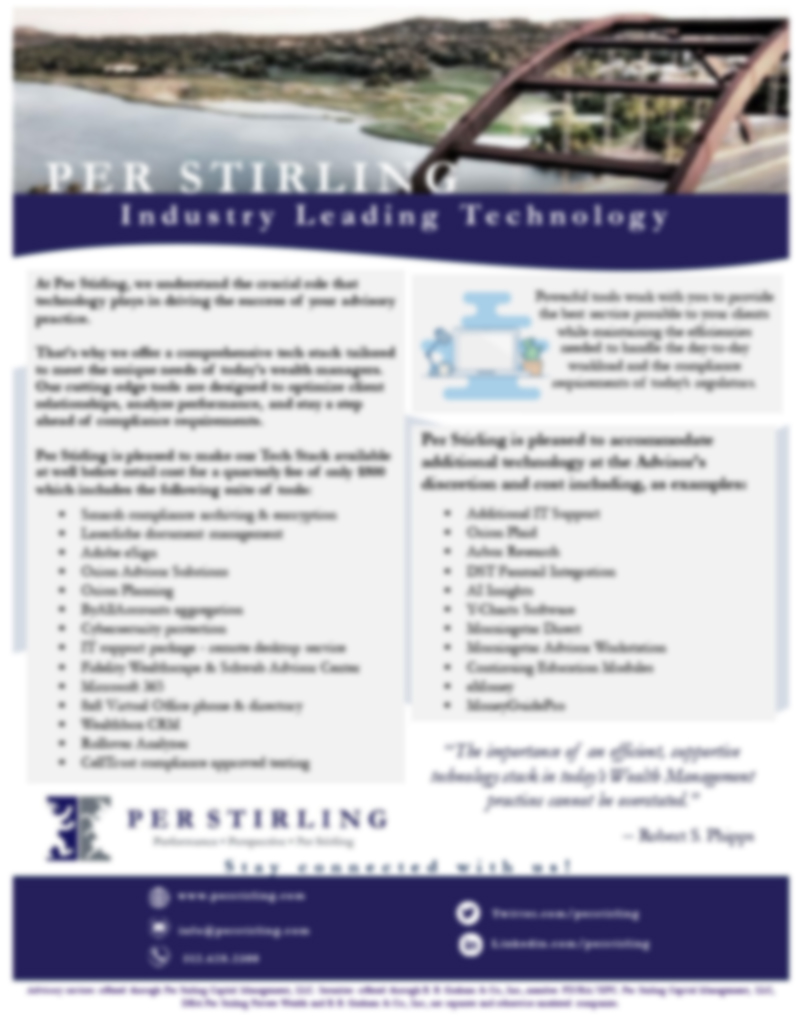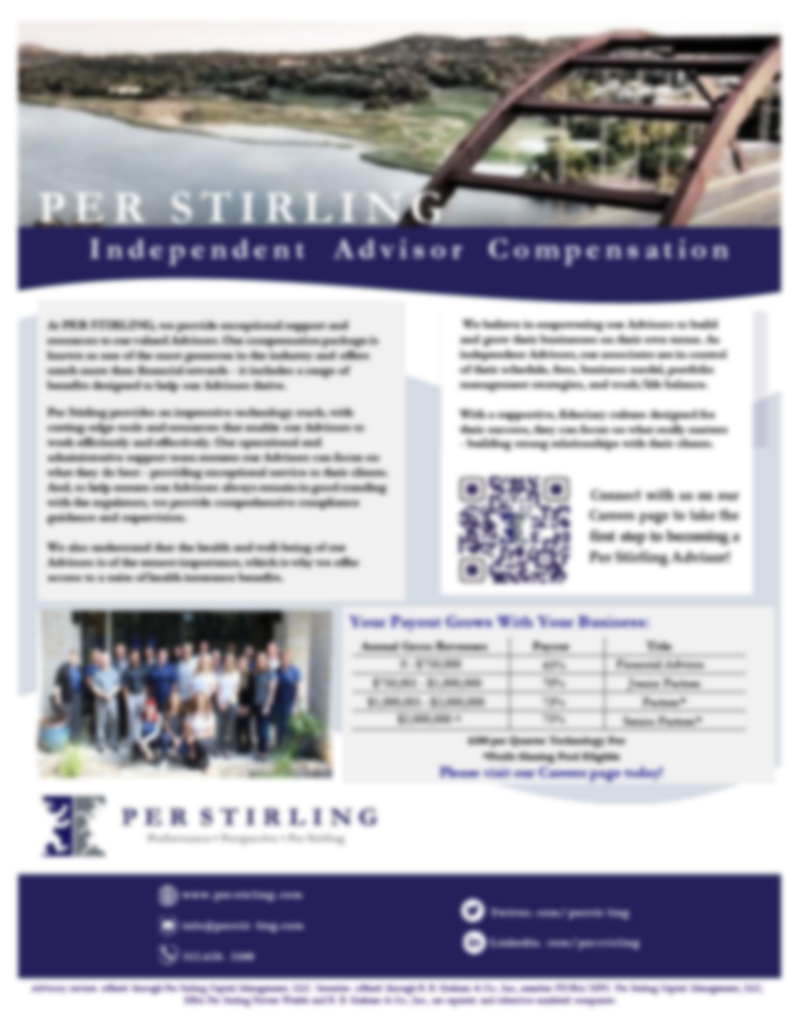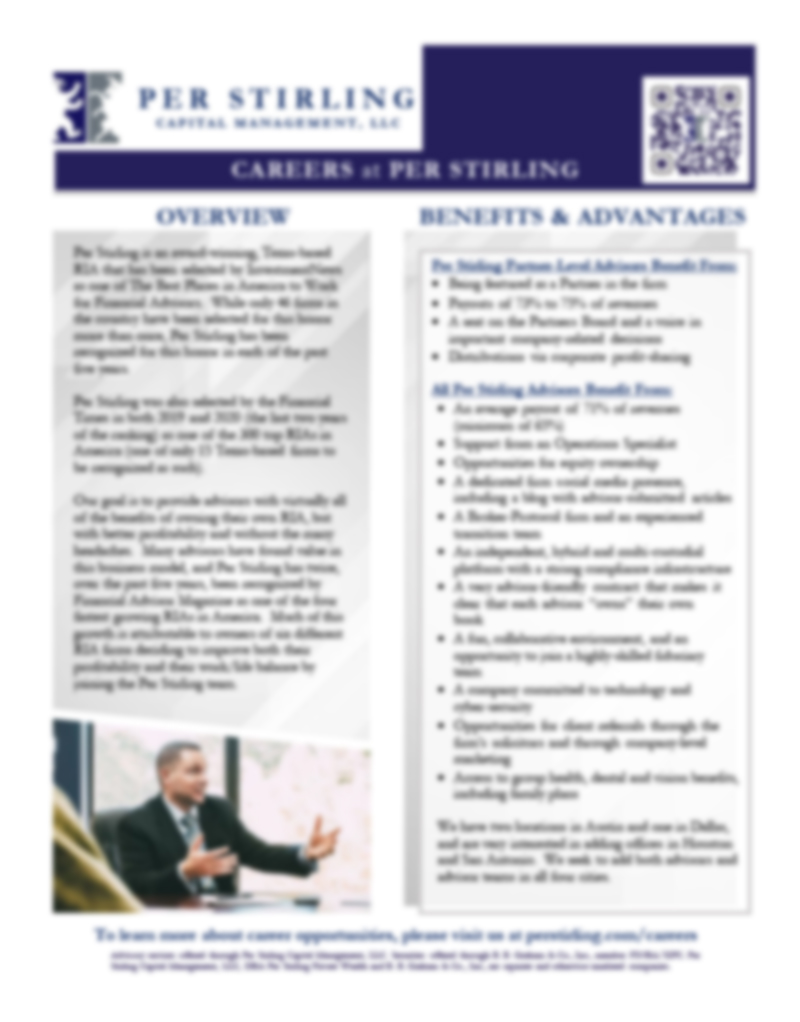10
AprilShould You Adjust Your 401(k) During Market Volatility? Read This First!
Market swings can feel like a financial rollercoaster, and if you’ve been checking your 401(k) balance lately, you might be wondering if you should make changes. Should you move to cash? Shift to more conservative investments? Or just stay the course?
Before making any big decisions, let’s take a step back and explore how market fluctuations affect your 401(k) and whether adjusting your holdings is appropriate.
Understanding Market Swings
Market ups and downs are nothing new. Over the past century, the stock market has faced crashes, recessions, and corrections—but it has always rebounded over time. The biggest mistake many investors make is reacting to short-term noise instead of focusing on long-term growth.
Here’s an important stat: Over the last 20 years, missing just the 10 best market days could have cut your total return in half. And guess what? Those best days often come right after the worst ones.
The Dangers of Emotional Investing
When markets drop, fear sets in. When they rise, people feel overconfident. Acting on these emotions can lead to costly mistakes, such as:
- Selling low and buying high – Many investors panic when markets fall, only to reinvest after prices recover, locking in losses.
- Missing the rebound – As mentioned earlier, the best market days often follow the worst. Timing the market is nearly impossible.
- Disrupting your long-term plan – A well-diversified 401(k) strategy is built for the long haul, not short-term reactions.
When Adjusting Your 401(k) Might Make Sense
While knee-jerk reactions to market swings usually aren’t a good idea, there are some cases where adjusting your 401(k) could be smart:
- Your risk tolerance has changed – If recent volatility has made you realize you’re uncomfortable with your current investments, it may be worth reassessing your asset allocation.
- You’re nearing retirement – As retirement approaches, shifting to a slightly more conservative mix might be a good idea to help protect your savings.
- You haven’t rebalanced in years – Over time, market growth can shift your portfolio out of alignment. Periodic rebalancing helps maintain your intended risk level.
Strategies to Help Stay on Track
Instead of making emotional moves, consider these proactive steps:
- Stick to a disciplined rebalancing schedule – Rather than reacting to market swings, review your portfolio at set intervals (e.g., annually).
- Diversify – A mix of stocks, bonds, and other assets can help manage volatility.
- Use dollar-cost averaging – Keep contributing to your 401(k) regularly, whether the market is up or down. This strategy buys more shares when prices are low and fewer when they’re high.
- Consider target-date funds – If managing your investments feels overwhelming, target-date funds automatically adjust risk as you approach retirement.
Final Thoughts
Market volatility can be unsettling, but history shows that staying the course is often the best approach. Instead of making emotional decisions, focus on your long-term financial plan.
That said, everyone’s situation is unique. If you’re unsure whether your 401(k) is properly allocated or if you should make adjustments, let’s talk. I help people navigate market ups and downs with confidence, striving to ensure their retirement savings stay on track.
Written By: Steve Cartwright, CFP®






